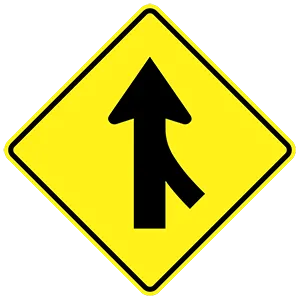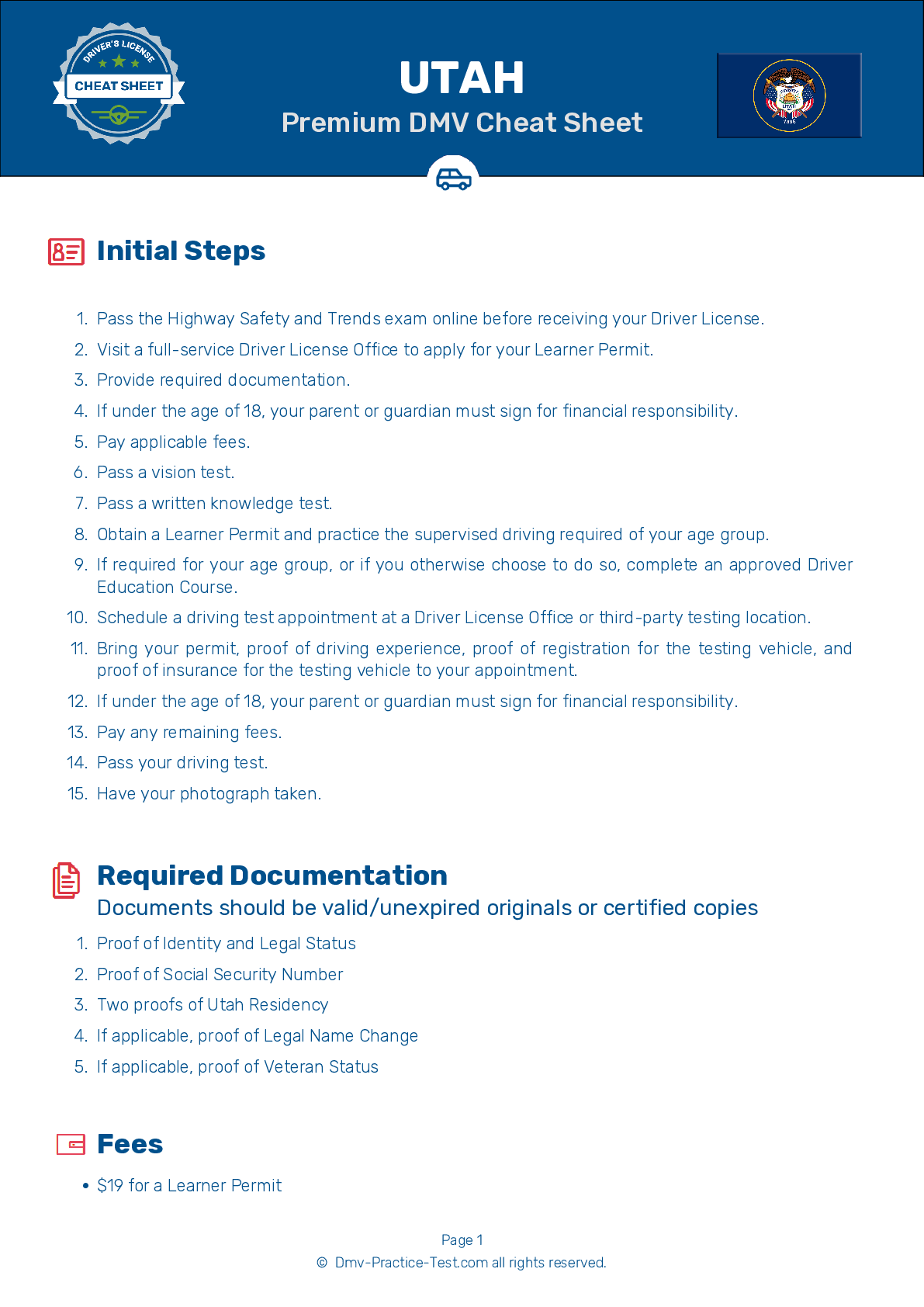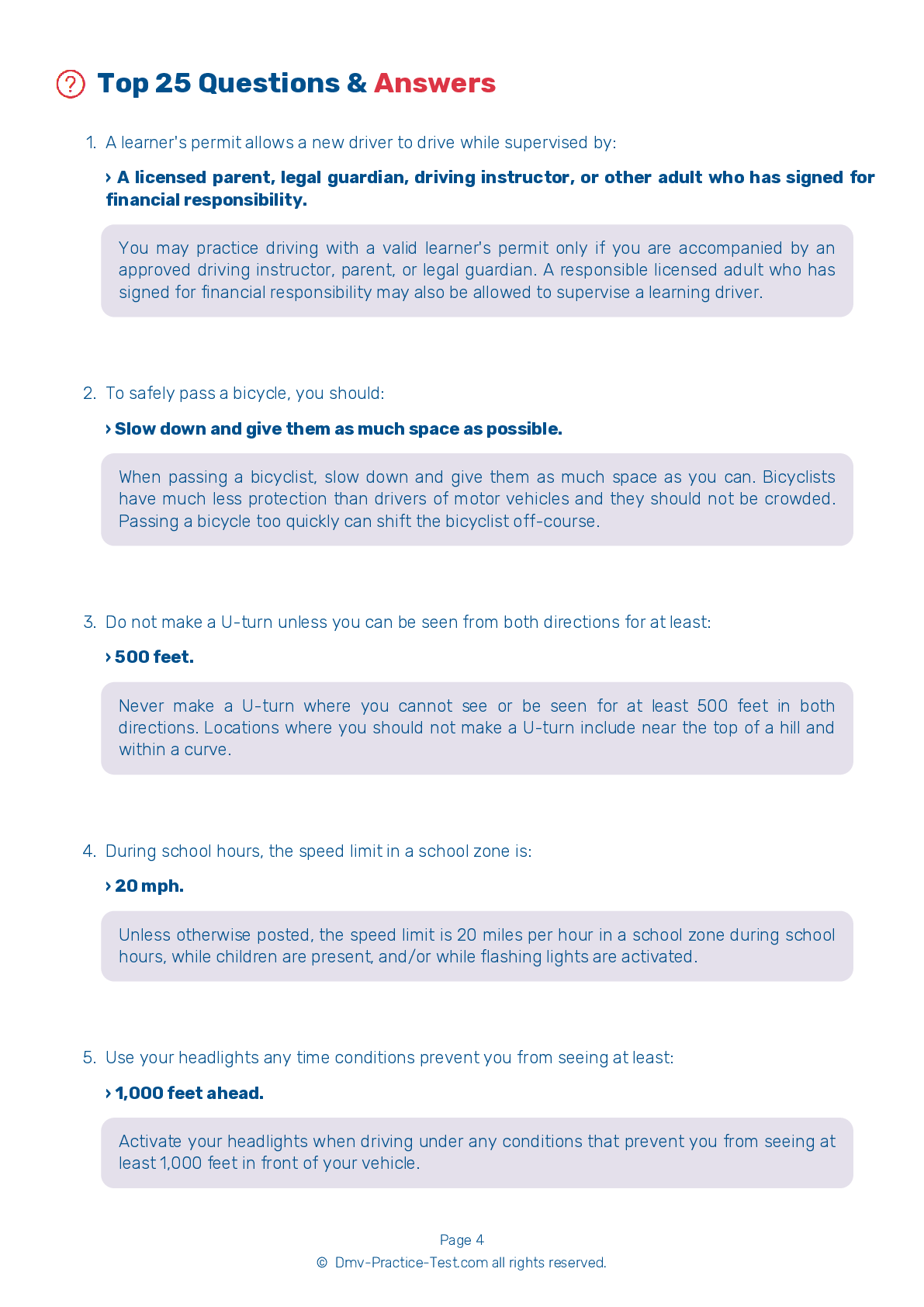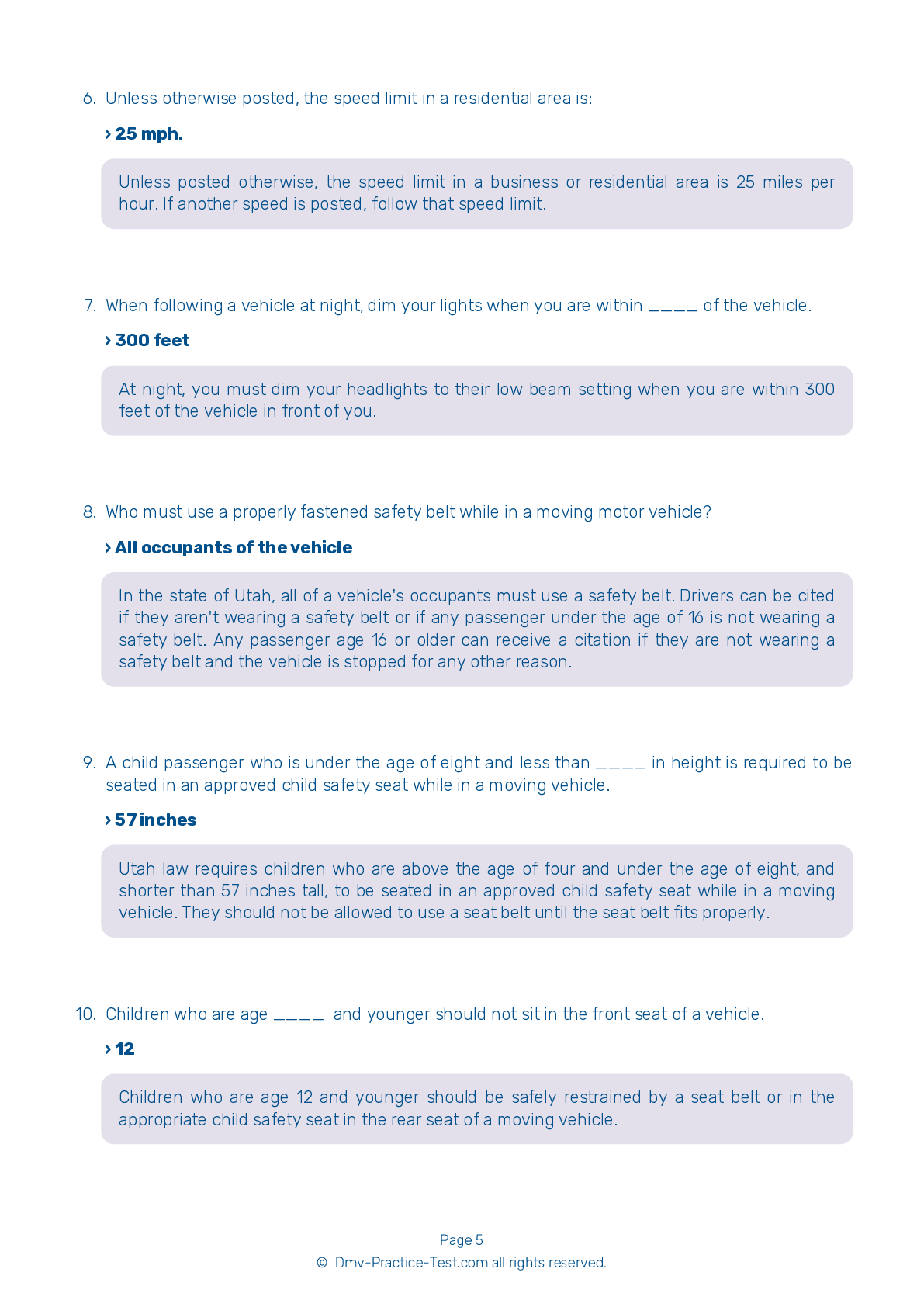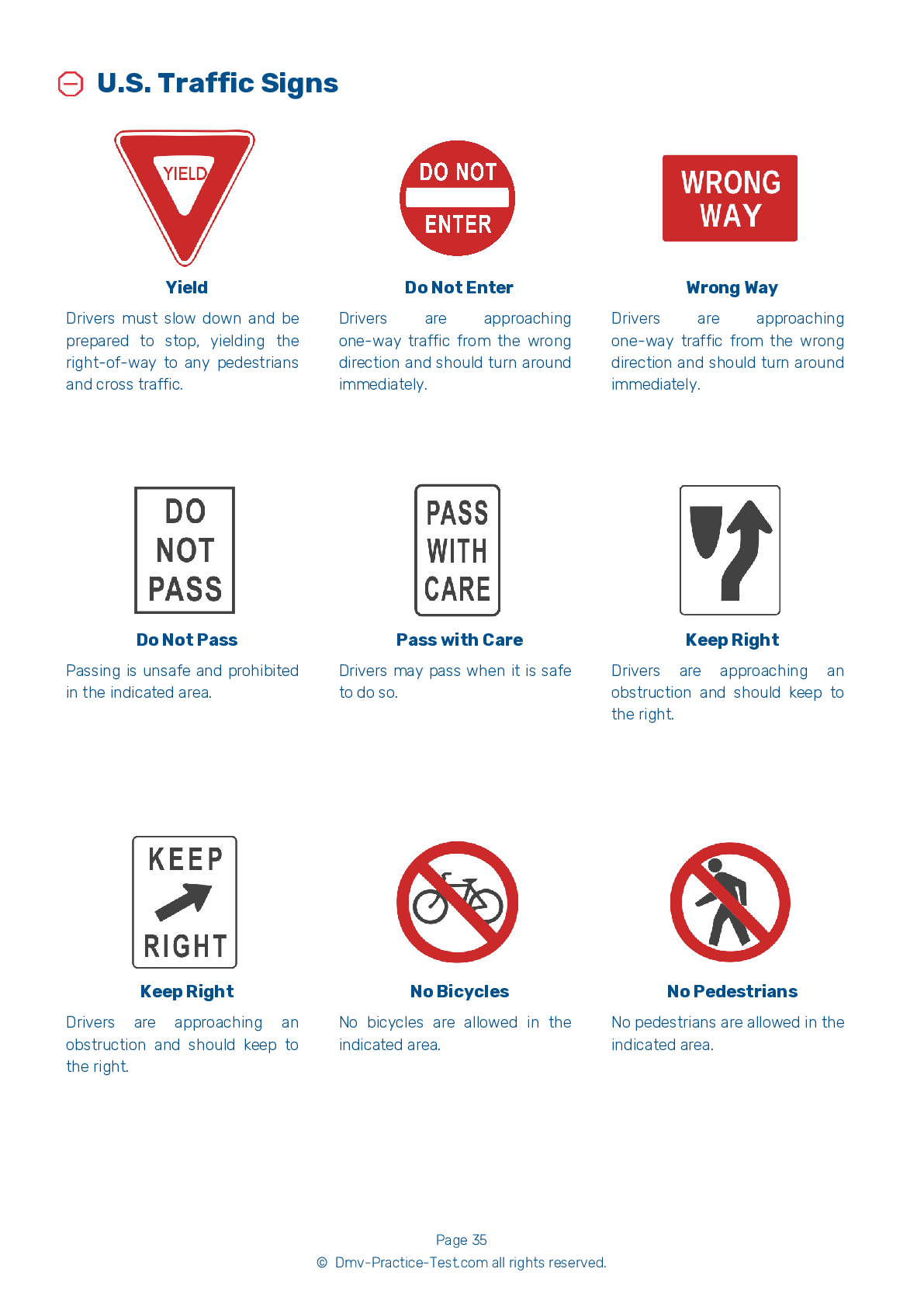FREE Utah DMV Practice Test #22
The practise exams for the Utah DMV have been updated for January 2025. It comprises questions based on the most important traffic signals and laws for 2025 from the Utah Driver Handbook. To study for the DMV driving permit test and driver's licence exam, use actual questions that are very similar (often identical!) to the DMV driving permit test and driver's licence exam.
Each question on the practise exam has a tip and explanation to help you recall the ideas. Questions about traffic rules, traffic signs, and driving statutes, as well as knowledge from the Driver Handbook, will be included in the written portion of the official Utah DMV test.
You must properly answer 20 of the 25 questions to receive a passing mark. Use the Utah Department of Motor Vehicles' practise exam to help you prepare for your instruction permit or driver's licence.
The DMV exam is offered in a variety of languages.
Using any form of testing help will result in an automatic fail, and the DMV may take further action against your driver's licence, so avoid it.
1 . Defensive driving is:
You drive defensively when you identify dangerous driving situations and take action before an accident occurs. Defensive driving helps prevent conflicts with aggressive, offensive, discourteous, careless, inattentive, impulsive, ignorant, or intoxicated drivers or pedestrians.
2 . Railroad crossings should always be considered:
Railroad crossings are always dangerous. Drivers should always look and listen for trains approaching from either direction on all railroad tracks. Always follow the directions indicated by signs, signals, and flaggers. Never proceed past a railroad crossing until you are certain it is safe to do so.
3 . You are stopped in a line of vehicles waiting at a stop sign. If there is no cross traffic after the vehicles ahead have passed through the intersection, you:
You must always bring your vehicle to a complete stop and yield to approaching traffic before proceeding past a stop sign. Don't feel pressured by surrounding traffic to avoid making a complete stop.
4 . When passing other vehicles:
Before passing another vehicle, check your mirrors and blind spots. Before changing lanes, activate the appropriate turn signal. Re-enter the lane when you can see the front of the passed vehicle in your rearview mirror.
5 . When entering a highway from an entrance ramp, you should generally:
Entrance ramps for highways often have acceleration lanes. When merging with traffic from an acceleration lane, you should put your signal on, look for an opening in traffic, accelerate up to the speed of traffic, and merge into an opening in traffic.
6 . If a traffic light shows both a red light and a green arrow, a driver may not turn in the direction of the arrow until the red light has changed.
After yielding the right-of-way to traffic within an intersection or crosswalk, a driver may go in the direction a green arrow is pointing, regardless of other lights present.
7 . As you near an intersection, the traffic light changes from green to yellow. Your best action is to:
A steady yellow traffic light indicates that the light will soon change to red. You should be prepared to stop for the red light, if it is safe to do so.
8 . This road sign means:
